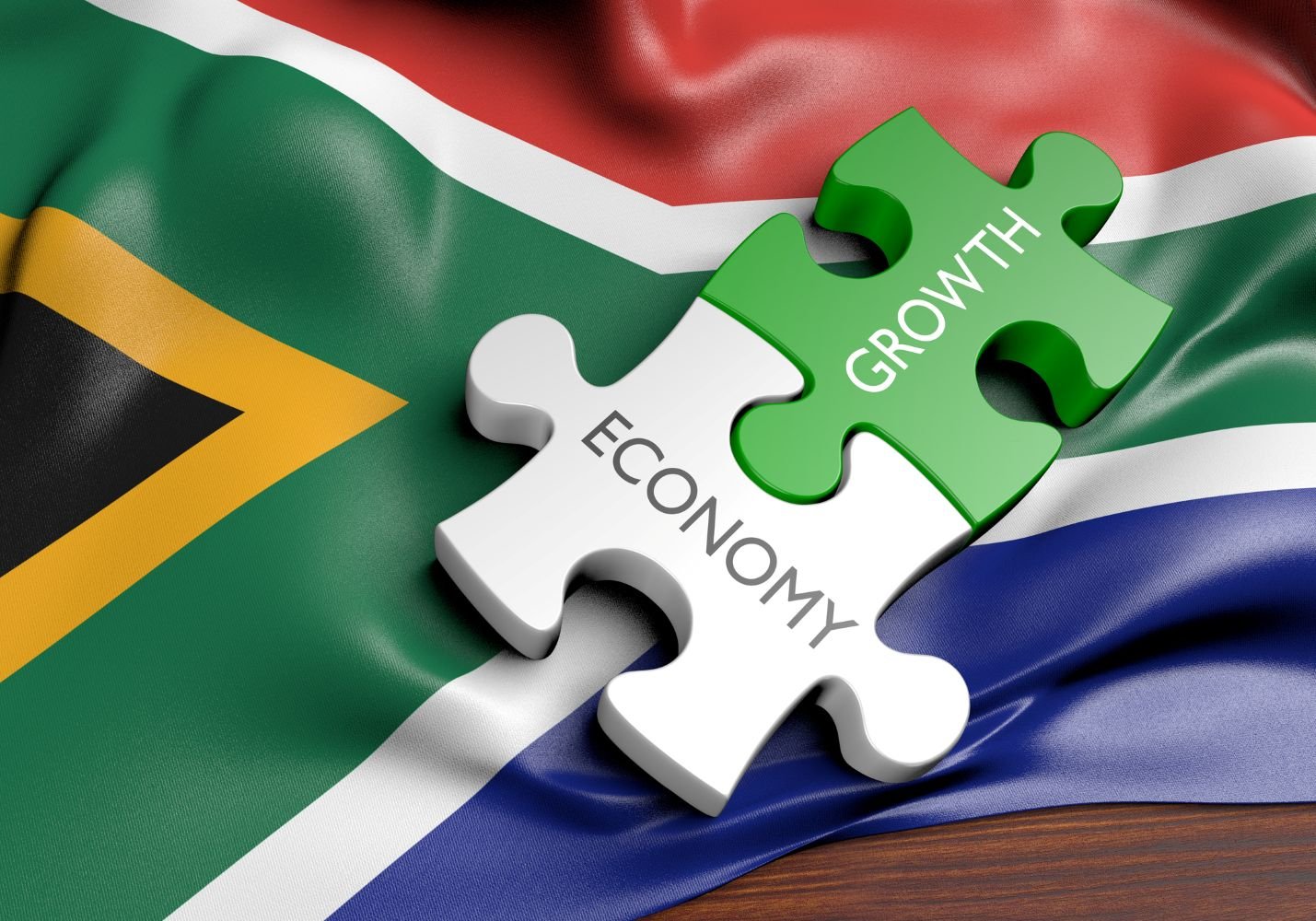It is good news, but there are still many risks that could bring the economic activity down again.
Economic transactions picked up in May for the first time in eight months, bringing some relief after months of stagnation.
A part of May’s improvement stems from wiping out the weakness evident in the index in April.
According to the BankservAfrica Economic Transactions Index (BETI), which measures the value of all electronic transactions cleared through BankservAfrica on a monthly basis at seasonally adjusted real prices, economic activity rebounded in May, although it is too early to tell if this positive trend will hold.
Shergeran Naidoo, head of stakeholder engagements at BankservAfrica, says the BETI improved to an index level of 138.3 in May, up from the 136.2 recorded in April, breaking an eight-month trend of sideways movement.
Despite the shift, notable risks remain, and more evidence of sustained higher economic activity must be delivered before the narrative of a subdued growth environment can change.
“The number of transactions cleared through BankservAfrica in May reached an all-time high of 176.3 million compared to 167.9 million in April, surpassing the previous record of 172.4 million in March 2025.”
ALSO READ: Economic activity in SA struggling to gain momentum
Too early to call a change in the trend for economic activity
Elize Kruger, an independent economist, says while the latest figure is encouraging, it is too early to call an imminent change in trend as the economic environment has not changed materially in May, and notable risks remain.
“In addition, the recovery in economic activity in May followed the month of April when the world was hit by the US announcement of punitive import tariffs, and subsequently an evolving trade war developed with a great deal of volatility from day to day as markets plummeted and global and local growth forecasts were slashed.
“Confidence levels across the globe and in South Africa were knocked by the sheer uncertainty that these developments brought.
“However, with some tariffs put on ice and several countries entering, more favourable trade agreements, averting a worst-case scenario. Markets responded with relief rallies and a cautious return of confidence, albeit from a low base.”
However, she says, the BETI is still 1.4% higher, and the uptick remains encouraging as all of its components increased in value terms during May.
“The most notable performances were the heavily weighted EFT credits, Real Time Clearing and PayShap transactions.
“The standardised nominal value of transactions also increased to R1.351 trillion in May compared to R1.320 trillion in April, with the resultant average value per transaction covered in the BETI increasing to R7 618, higher than April’s R7 485.
“All payment streams increased in both volume and value terms during May.”
ALSO READ: Economic activity still moving sideways but optimism increases
Two PMIs and new car sales also added to increased economic activity
Kruger says two other timeous economic indicators also posted stronger readings.
The S&P Global South Africa Purchasing Managers’ Index increased to 50.8 in May, driven by the sharpest uplift in private sector output in four years.
Naamsa also reported that the strong momentum in the local vehicle sales market continued into May 2025.
Total vehicle sales increased by 22%, with year-to-date sales up by 12.6% compared to the same period a year earlier. New car sales surged by an impressive 30%, while year-to-date, sales were a notable 21.2% higher.
On the other hand, she points out that the seasonally adjusted Absa Purchasing Managers’ Index (PMI), reflecting on prospects in the manufacturing sector, remained in contractionary territory for a seventh consecutive month at 43.1 index points.
“Furthermore, the BETI rebound is a timely development, given that the economy started 2025 on the backfoot as seasonally adjusted quarterly growth of only 0.1% was registered in the first quarter with sectors such as mining, manufacturing and construction now in technical recession.” says Kruger.
ALSO READ: Structural reform is silver bullet needed for SA economy to grow – OECD
Economic growth adjusted downward, but inflation stays low
While economic growth forecasts for 2025 have been revised downward, with the latest Reuters consensus among economists now projecting real gross domestic product (GDP) growth at 1.2%, down from 1.7% in January.
Carpe Diem Research offers an even more cautious outlook, forecasting growth at just 1.0%.
On the more positive side, Kruger says local inflation remains well under control, with headline inflation at 2.8% in April, below the target band of the South African Reserve Bank (SARB) of between 3-6%, with the average 2025 forecast around 3.4%.
“The favourable inflation environment created ample scope for the Sarb to cut interest rates. Even after a 25 basis points cut in May, the repo rate remains quite high at 7.25%, as real interest rates are still considered punitive for an economy muddling along, unable to gain meaningful momentum.”
Kruger also points out that, helped by some weakness in the US dollar, the rand exchange rate recovered all of its losses after the US “Liberation Day” announcements and trading at fairly strong levels.
“The low inflation rate will play a key role in supporting the recovery of salary earners’ purchasing power. With average salary increases expected to be between 5% and 6%, 2025 will be the second consecutive year of real increases in salaries, which should support consumer spending.”
